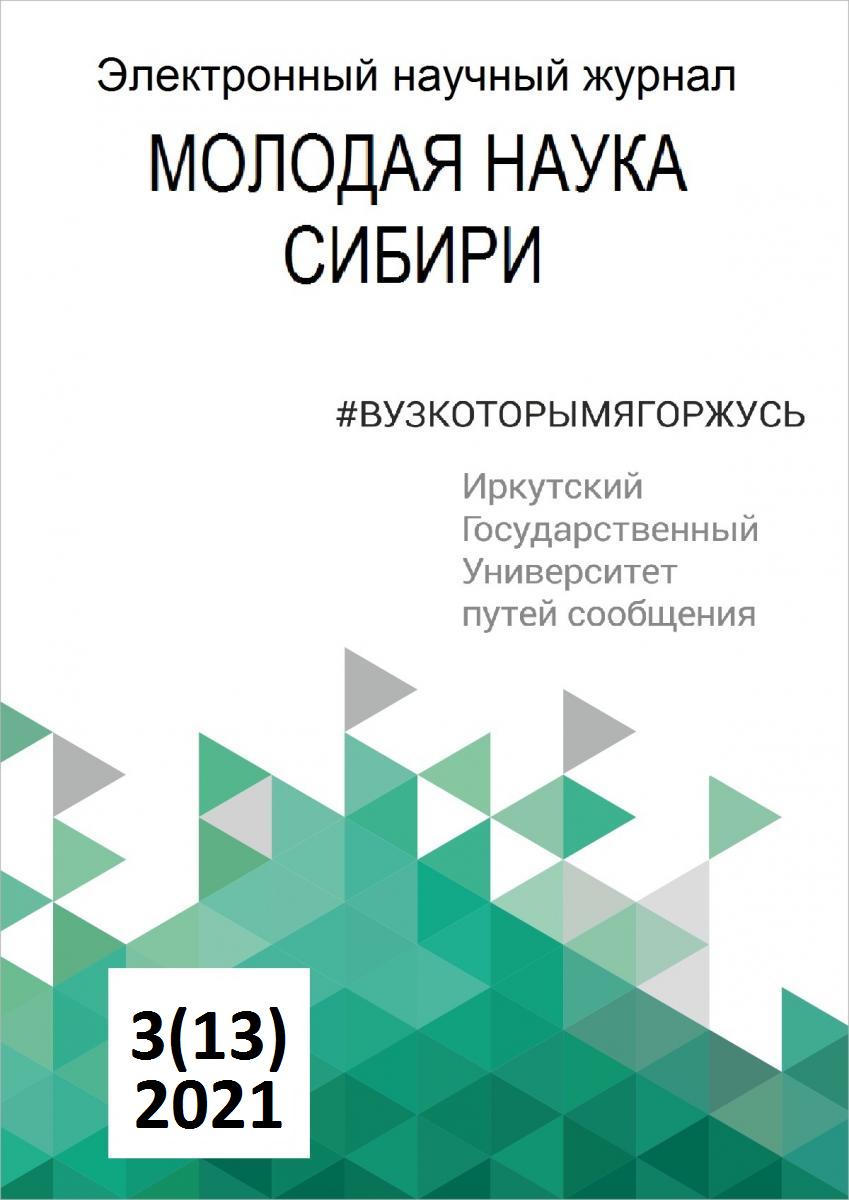ПЕРСПЕКТИВЫ ПРИМЕНЕНИЕ ПАЯНЫХ СОЕДИНЕНИЙ В МОСТОСТРОЕНИИ
Ключевые слова:
паяное соединение, трубчатые элементы, натяг, пайка, металлические соединения, пролетное строение, несу-щая способность.Аннотация
Основной метод соединения металлических элементов в мостостроении – сварка. Этот процесс является очень трудоемким и требует высокой точности, а также влечёт за собой образование усталостных трещин. Данную проблему можно решить пайкой. Основное отличие пайки от сварки в том, что при паяном соединении металл не плавится и не нарушаются его структурные связи. Этот способ соединения может применяться в различных случаях: усиление стенок главной балки постановкой металлических накладок с помощью пайки и локализация усталостных трещин индукционным прогревом устья с последующей проковкой, соединение арматурных плетей и труб в натяг.
В пешеходных мостах из трубчатых элементов, где трубы могут соединяться в натяг, пайка может служить значительным усилением соединения для повышения несущей способности конструкции.
В статье приведены результаты исследования пайки как способа соединения металлических элементов в мостостроении в виде экспериментов, эмпирических расчетов и расчетов в специализированных программных комплексах.
Библиографические ссылки
Овчинников И.И., Караханян А.Б., Овчинников И.Г., Скачков Ю.П. Современные пешеходные и велосипедные мосты (основные концепции проектирования и примеры). Пен-за: ПГУАС, 2018. 140 с.
Саламахин П.М. Проектирование мостовых и строительных конструкций. М.: Изд-во КноРус, 2011. 416 с.
Кулик Т.А. Словарь-справочник по сварке. Киев: Наукова думка, 1974. 195 с.
Схиртладзе А.Г. Технологические процессы в машиностроении. М.: Высшая школа, 2007. 928 с.
Блинов Д.С., Алешин В.Ф. Соединения деталей по сопрягаемым цилиндрическим поверхностям. LAP Lambert Academic Publishing, 2012. 64 с.
Протасов А.В., Зайдес С.А. Надёжность крупногабаритных соединений с гарантиро-ванным натягом. LAP Lambert Academic Publishing, 2011. 152 с.
Гречищев Е.С., Ильяшенко А.А. Соединения с натягом: расчёты, проектирование из-готовление. М.: Машиностроение, 1981. 247 с.
Горшков А.Г., Трошин В.Н., Шалашилин В.И. Сопротивление материалов. М.: ФИЗМАТЛИТ, 2008. 544 с.
Иванов Д.В., Доль А.В. Введение в Ansys Workbench. Саратов: Амирит, 2016. 56 с.
Варданян Г.С., Андреев В.И., Атаров Н.М., Горшков А.А. Сопротивление материа-лов с основами теории упругости и пластичности. М.: Инфра-М, 2011. 640 с.
Соловьёв Л.Ю., Цветков Д.Н., Донец А.Н. Численное моделирование простран-ственных объектов. Новосибирск: СГУПС, 2017. 73 с.
Адаскин А.М., Зуев В.М. Материаловедение (металлообработка). М.: Изд-во Ака-демия, 2012. 288 с.
Прахт В.А., Дмитриевский В.А., Сарапулов Ф.Н. Индукционный нагрев движущих-ся стальных трубных заготовок. М.: LAP Lambert Academic Publishing, 2011. 156 с.
Есенберлин Р.Е. Пайка металлов. М.: Машгиз, 1959. 180 с.
ГОСТ 16920-93. Термометры и преобразователи температуры манометрические. Общие технические требования и методы испытаний. М.: издательство стандартов, 2002. 9 с.


